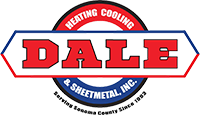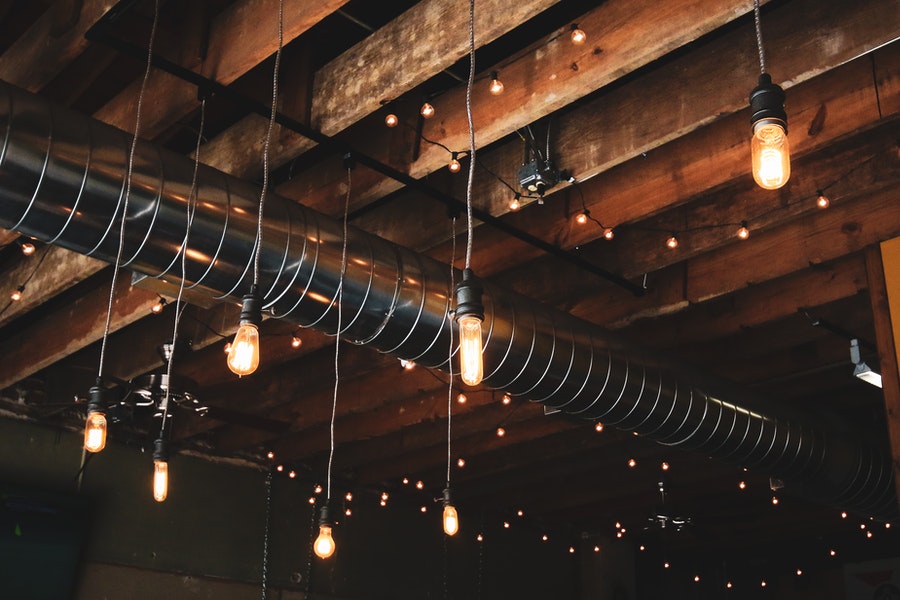As Santa Rosa businesses look for more efficient and responsive climate solutions, Variable Refrigerant Flow (VRF) systems are becoming increasingly important in the commercial HVAC landscape. These sophisticated systems represent a significant advancement in how businesses can manage their indoor environments while reducing energy costs. Here in Sonoma County, where businesses experience everything from cool coastal influences to warmer inland temperatures, VRF technology offers unprecedented flexibility and performance.
| Topic | Key Points |
|---|---|
| Energy Efficiency | Up to 30% more efficient than conventional systems; variable speed operation minimizes energy waste |
| Comfort Control | Precise zone-based temperature management; simultaneous heating and cooling capabilities |
| Installation Flexibility | Smaller refrigerant lines; reduced structural modifications; ideal for retrofits and historic buildings |
| Business Benefits | Lower operational costs; improved employee comfort; reduced maintenance requirements; longer system lifespan |
How VRF Technology Transforms Commercial Climate Control
Variable Refrigerant Flow systems represent a fundamental shift in commercial HVAC technology. Unlike conventional systems that turn on and off at full capacity, VRF systems modulate the exact amount of refrigerant delivered to each indoor unit. This precision allows the system to maintain consistent temperatures while operating at the minimum required capacity—much like how a car’s cruise control adjusts fuel to maintain speed efficiently.
The core innovation of VRF is its ability to simultaneously heat and cool different zones of a building. This is particularly valuable for commercial spaces with varying heat loads, such as restaurants with hot kitchens and comfortable dining areas, or office buildings with sun-exposed southern rooms and cooler northern spaces. According to the American Society of Heating, Refrigerating and Air-Conditioning Engineers (ASHRAE), these systems can provide up to 30% energy savings over conventional rooftop units.
For businesses in Sonoma County, VRF systems offer remarkable adaptability to our region’s microclimate variations. Whether your commercial property faces foggy mornings in western Santa Rosa or experiences warmer temperatures in the eastern parts of the county, VRF technology provides consistent comfort while maintaining energy efficiency throughout the changing seasons.
Key Business Advantages of Commercial VRF Systems
The benefits of VRF systems extend well beyond simple temperature control. For business owners, these systems represent a strategic investment in operational efficiency and workplace comfort. When properly designed and installed, VRF technology can significantly reduce the overall cost of building operation while improving the indoor environment.
Financial considerations are often paramount for businesses evaluating HVAC options. VRF systems deliver compelling advantages:
- Lower operational costs through precise energy usage and reduced electricity consumption during partial-load conditions
- Decreased maintenance requirements with fewer mechanical components and advanced diagnostic capabilities
- Extended system lifespan of 15-20 years compared to 10-15 years for conventional commercial systems
- Smaller equipment footprints that free up valuable commercial real estate for business use
- Zoning capabilities that allow businesses to only condition occupied areas, further reducing energy waste
These systems also support better employee productivity and customer comfort through consistent temperature control. Commercial clients frequently report improved workplace satisfaction after upgrading to VRF systems. Restaurants, medical offices, and retail environments particularly benefit from the system’s ability to maintain ideal conditions without the disruptive noise and temperature fluctuations common with conventional systems.
Technical Innovations Making VRF Ideal for Commercial Applications
The engineering behind VRF systems makes them particularly well-suited for commercial buildings with complex heating and cooling requirements. At the heart of every one of these units is an inverter-driven compressor that can modulate its speed to precisely match the building’s current needs, rather than the all-or-nothing approach of traditional commercial HVAC equipment.
This sophisticated technology comes with several technical advantages:
- Heat recovery capabilities allow excess heat from cooling operations to be captured and redirected to areas requiring heating
- Advanced computerized controls integrate with building automation systems for optimized performance and remote monitoring
- Minimal ductwork requirements reduce ceiling height demands and simplify installation in existing structures
- Smaller refrigerant piping (compared to traditional water-based systems) requires less structural modification during installation
- Quiet operation with sound levels as low as 58 dB—comparable to normal conversation—making them ideal for noise-sensitive environments
For businesses with unique architectural characteristics, VRF commercial systems offer remarkable installation flexibility. The compact outdoor units can be placed in spaces where conventional equipment wouldn’t fit, while the variety of indoor unit styles—including ceiling cassettes, wall-mounted units, and concealed ducted options—allows for seamless integration with virtually any interior design concept.
“The commercial HVAC landscape is rapidly shifting toward heat pump technologies like VRF, driven by both efficiency advantages and evolving refrigerant regulations. By 2025, VRF adoption is expected to increase significantly across the commercial sector.” – ACHRNews
Energy Efficiency
VRF systems are up to 30% more efficient than conventional systems.
Precise Comfort
Offers precise zone-based temperature management and simultaneous heating/cooling.
Installation Flexibility
Ideal for retrofits and buildings requiring minimal structural changes.
Is VRF Right for Your Commercial Property?
While VRF systems offer impressive advantages, they aren’t necessarily the optimal solution for every commercial application. Buildings with large, open spaces and consistent heating or cooling needs throughout might be better served by other technologies. However, multi-tenant buildings, offices with varied usage patterns, hotels, and healthcare facilities typically see the greatest return on investment from VRF technology.
As a local, family-owned business serving Sonoma County for years, Dale HCS understands the unique challenges of commercial HVAC in our region. Our custom fabrication capabilities allow us to tailor VRF installations to the specific requirements of your commercial property, ensuring you receive the full benefit of this advanced technology.
For businesses looking to reduce operational costs while improving climate control, VRF represents one of the most significant advancements in commercial HVAC available today. The initial investment typically delivers returns through reduced energy consumption, improved comfort, and decreased maintenance requirements over the system’s lifespan.
Next Steps for Commercial Property Owners
Understanding whether VRF technology is right for your business requires professional assessment of your specific needs, building characteristics, and operational patterns. As your neighbors in Sonoma County, we’re committed to providing honest, expert guidance rather than one-size-fits-all solutions.
If you’d like to explore how VRF technology might benefit your commercial property, contact our commercial HVAC specialists for a consultation. Our family-owned team brings decades of experience with commercial climate systems throughout Northern California, and we’re dedicated to helping local businesses find the perfect balance of comfort, efficiency, and value.

